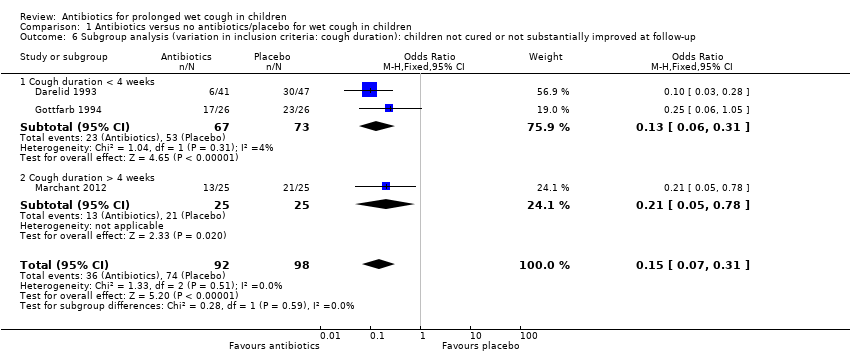Contenido relacionado
Revisiones y protocolos relacionados
Samantha C Herath, Rebecca Normansell, Samantha Maisey, Phillippa Poole | 30 octubre 2018
Rebecca Normansell, Ben Sayer, Samuel Waterson, Emma J Dennett, Manuela Del Forno, Anne Dunleavy | 25 junio 2018
Daniela J Vollenweider, Anja Frei, Claudia A Steurer‐Stey, Judith Garcia‐Aymerich, Milo A Puhan | 29 octubre 2018
Sadia Janjua, Alexander G Mathioudakis, Rebecca Fortescue, Ruth AE Walker, Sahar Sharif, Christopher JD Threapleton, Sofia Dias | 15 enero 2021
Gabrielle B McCallum, Erin J Plumb, Peter S Morris, Anne B Chang | 22 agosto 2017
Khin Hnin, Chau Nguyen, Kristin V Carson‐Chahhoud, David J Evans, Michael Greenstone, Brian J Smith | 13 agosto 2015
Carol Kelly, James D Chalmers, Iain Crossingham, Nicola Relph, Lambert M Felix, David J Evans, Stephen J Milan, Sally Spencer | 15 marzo 2018
Márcia G Alves Galvão, Marilene Augusta Rocha Crispino Santos, Antonio JL Alves da Cunha | 29 febrero 2016
Samantha J Gardiner, John B Gavranich, Anne B Chang | 8 enero 2015
Han Ni, Aung Htet, Soe Moe | 20 junio 2017














